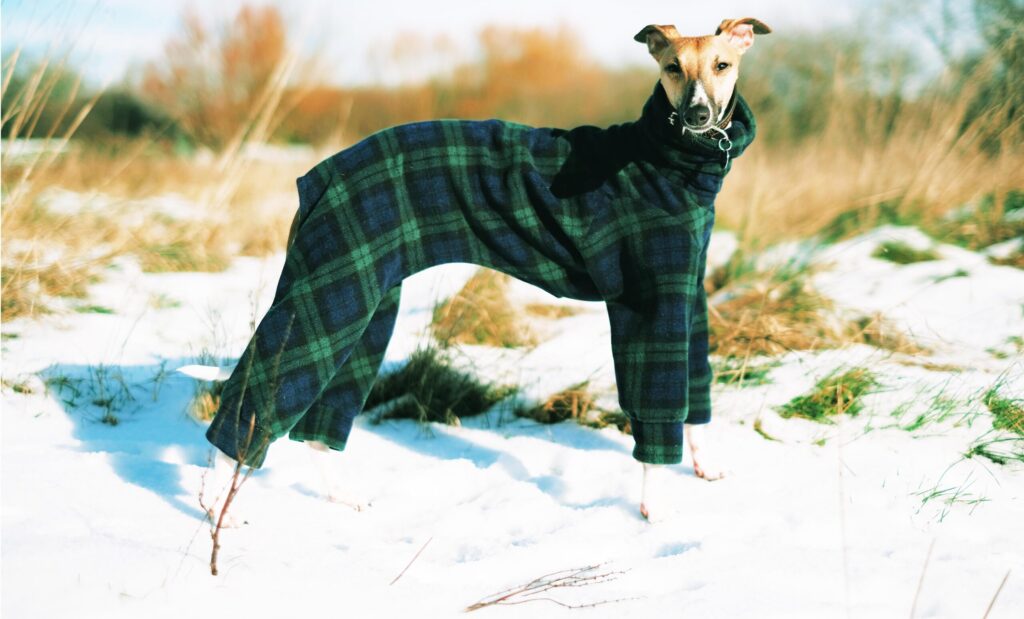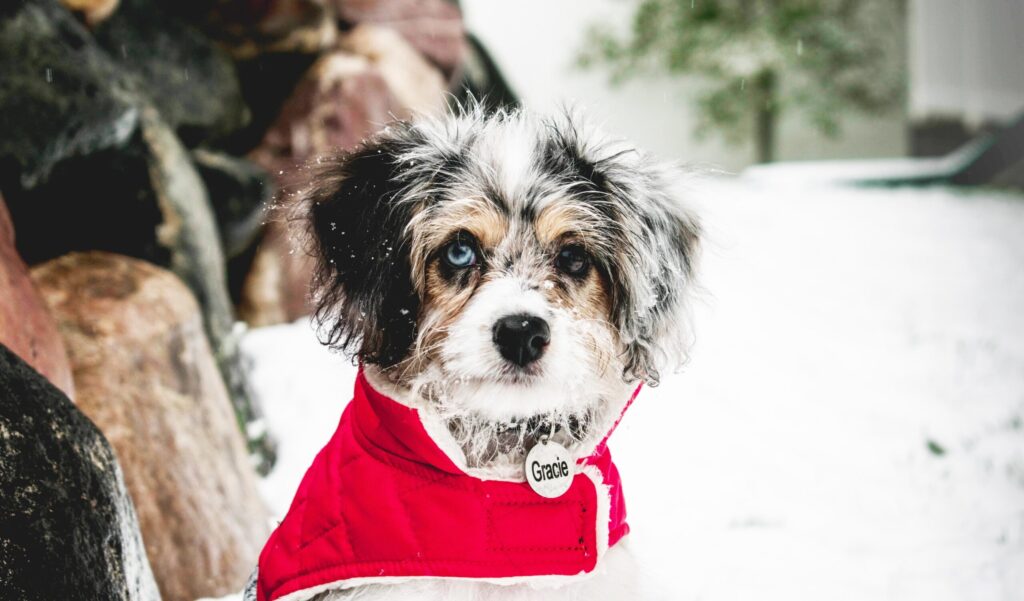
How to Keep Your Furry Friends Safe and Healthy During Cold Weather.
Winter weather can bring many hazards for animals, and as pet owners, it’s our responsibility to ensure their pet safety and well-being during the cold months.
Just like humans, pets are susceptible to frostbite and hypothermia, on top of other winter-related illnesses, making it essential to take necessary precautions to keep them safe and comfortable. From providing adequate shelter to monitoring their paw pads, there are several simple yet effective steps you can take to protect your furry friends from the harsh winter weather.
In this list, we will explore some of the key ways you can keep your pets safe and healthy.
Here are some pet safety tips for keeping your animals safe during winter:
- Keep your pets indoors: Dogs and cats should not be left outside in cold weather for extended periods. Even with fur coats, they can get frostbite and hypothermia.
- Watch for signs of hypothermia: Hypothermia can occur when a pet’s body temperature drops too low. Symptoms include shivering, lethargy, and difficulty walking. If you suspect your pet has hypothermia, seek veterinary care immediately.
- Provide adequate shelter: If your pets must be outside, provide them with a warm, dry shelter protected from the wind. Ensure it is large enough for your pet to stand up, turn around, and lie comfortably. Better yet, utilize a garage or snow room to set up a safe place for outside pets to come inside.
- Dress appropriately: Some dogs may benefit from wearing a sweater or coat during winter walks. Also, consider booties for their paws. Be sure to choose clothing that fits well and does not restrict movement.
- Keep pets away from antifreeze: Even though some companies adjusted their ingredients for pet safety, it’s still a risk for your fur-babies to get near it, let alone ingest it. Antifreeze is highly toxic to pets and can be deadly. Keep it out of reach and promptly clean up any spills.
- Monitor paw pads: Salt and other chemicals that melt snow and ice can irritate your pet’s paws. Wash your pet’s paws after walks and consider using pet-friendly ice melt.
- Provide plenty of water: Pets can become dehydrated in winter just as quickly as in summer. Ensure your pet has access to plenty of fresh, clean water.
- Keep your pet on a leash: Snow can disguise familiar scents, and your pet may become disoriented and lost. Always keep your pet on a leash during walks.
- Be cautious around frozen bodies of water: Never let your pet walk on frozen ponds, lakes, or rivers. Pet safety 101: Thin ice can break easily, and your pet may fall through.
- Watch for signs of seasonal affective disorder: Just like people, some pets can experience seasonal affective disorder during the winter months. Signs include lethargy, loss of appetite, and changes in behavior. Talk to your vet if you notice these symptoms in your pets.
- Don’t leave pets in cars: It is unsafe to leave pets in cars during the winter months, as the temperature inside the vehicle can drop quickly and cause hypothermia. Even if you only plan to briefly leave your pet in the car, it is not worth the risk. Always bring your pet with you when you leave the car, or leave your pet at home if you are going somewhere that does not allow pets. If you see a pet left in a car during cold weather, it is essential to report it to the authorities, as the animal may be in danger.
- Don’t wait to take them to the Vet: If you have any questions about your pet’s safety and health, immediately call your veterinarian.
Did you know?
Winter pet safety for your dogs and cats. They can still get sunburned during winter, especially if they have light-colored fur or thin hair. The sun’s rays can reflect off snow and ice, increasing the risk of sunburn. Before going outside, you can protect your pet’s skin by applying a pet safety sunscreen to exposed areas, such as the nose and ears.

A little history:
Pets have been a part of human society for thousands of years, and the history of pets is closely tied to the history of human civilization. Here are some notable moments in the history of pets:
Ancient Egyptians were known for their love of cats and kept them as pets as early as 2500 BCE. Cats were so highly valued that killing one was a serious crime punishable by death.
In ancient Rome, dogs were used for hunting and protection, and many wealthy Romans kept exotic pets such as monkeys, bears, and lions.
During the Middle Ages, dogs were used for various purposes, including hunting, herding, and guarding. Cats were also kept as pets and were valued for their ability to control rodents.

In the 19th century, the popularity of pets as companions began to rise, particularly among the middle and upper classes. Dogs and cats were the most common pets, but other animals, such as birds and rabbits, were also kept.
In the 20th century, advances in veterinary medicine and pet care led to increased longevity and improved quality of life for pets. The rise of the pet industry also made it easier for people to acquire and care for pets.


